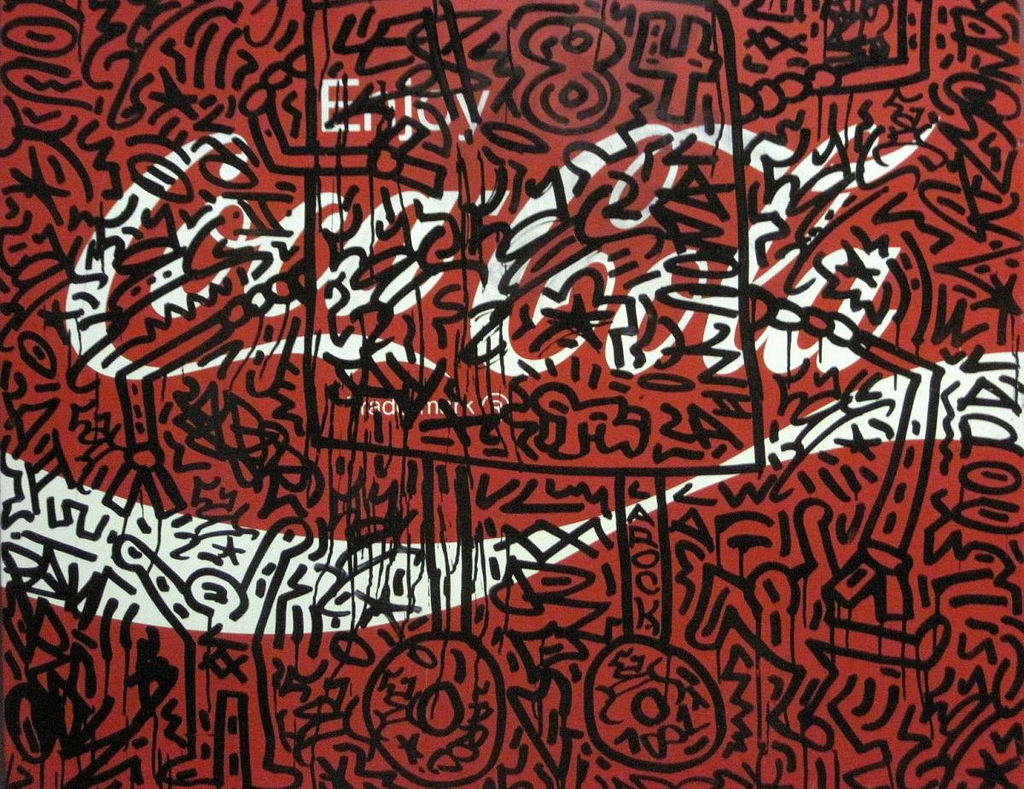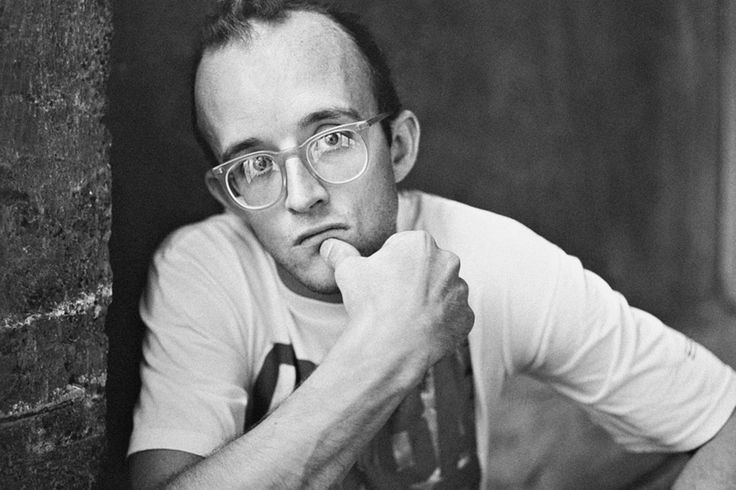This year marks the 25th year anniversary of Keith’s Haring’s passing on Feb. 16, 1990 and the de Young Museum mounted an exhibition that has never been done before: Keith Haring: The Political Line. The exhibition closed on Feb. 16, 2015; however, there are still ways to experience the work of Haring and see his political activism brought to life trough his own art and that of others at several locations troughout San Francisco.
SEE ALSO: Special Edition Bottles of “Breaking Bad” Heisenberg by Blue Ice
Keith Haring: The Political Line has its US premiere at the de Young and is the first major Haring show on the West Coast in nearly two decades. Many of the works are on loan from the Keith Haring Foundation, New York, with supplemental loans from public and private collections. Several pieces have not been published or on public view since the artist’s death, in 1990.

The Political Line will feature more than 130 works, including large-scale paintings on tarpaulins and canvases, sculptures, and a number of the artist’s subway drawings. The exhibition creates a narrative that explores Haring’s responses to nuclear proliferation, racial inequality, the excesses of capitalism, environmental degradation, and other issues of deep personal concern.
Haring’s work has long been a part of San Francisco’s visual culture. He created works for diverse venues in San Francisco during his lifetime, including murals for DV8, a club once located in the South of Market neighborhood, and a huge, multi-panel painting for the South of Market Childcare Center (also known as the Saint Patrick’s Daycare Center). Haring’s outdoor sculpture Untitled (Three Dancing Figures) (1989), located at Third and Howard Streets, is a prominent feature of Moscone Convention Center, and his triptych altarpiece The Life of Christ (1990) is installed in the AIDS Chapel at Grace Cathedral.

Keith Haring, Untitled (Three Dancing Figures), 1989. Collection of the City and County of San Francisco. Keith Haring artwork © The Keith Haring Foundation

About Keith Haring
Keith Haring (1958–90) was preeminent among the downtown New York City community of young artists, performers, and musicians whose work responded to urban street culture. During a brief but intense career that spanned the 1980s, Haring’s work was featured in over 100 solo and group exhibitions. In 1986 alone, he was the subject of more than 40 newspaper and magazine articles. Haring also devoted much of his time to public works.
He produced more than 50 public artworks between 1982 and 1989, in dozens of cities around the world, many of which were created for charities, hospitals, children’s day care centers and orphanages. Keith Haring died in New York in February 1990 of AIDS-related illnesses. Although his career was brief, his imagery remains a universally recognized visual language of the 20th and 21st century.
[ via de Young Museum and San Francisco Travel ]
































